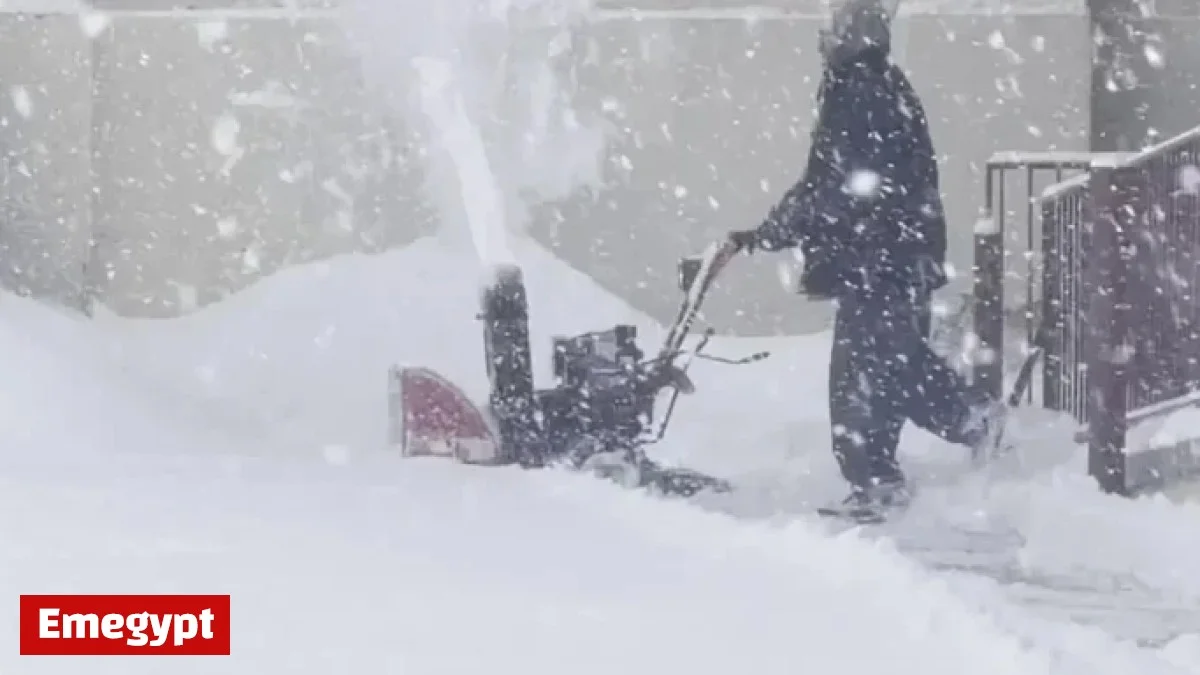
The National Oceanic and Atmospheric Administration (NOAA) has forecasted a La Niñadriven winter with significant impacts across the United States. The winter season, spanning from December to February, is expected to bring colder temperatures to the northern regions and milder conditions to the southern states.
La Niña Conditions Prompting Cold Weather
This winter’s forecast follows the revelation that water temperatures in the central Pacific Ocean have dropped by 0.5 degrees Celsius below average. Consequently, NOAA’s National Climate Prediction Center issued a La Niña Advisory in October, confirming the arrival of this climatic phenomenon.
Regional Expectations and Weather Patterns
The winter outlook indicates stark differences in weather across the country:
- Northern Tier and Upper Midwest: These areas are anticipated to face belowaverage winter temperatures, indicating a colder season than usual.
- Ohio Valley and Southern Great Lakes: Residents can expect wetter conditions, which could lead to enhanced snowfall.
- Alaska: Similar to the aforementioned regions, Alaska is also forecasted to experience aboveaverage precipitation.
- Desert Southwest, Gulf Coast, Florida, and Carolinas: These areas will likely see drierthanaverage weather, contributing to ongoing drought conditions.
- Pacific Northwest: Improving drought conditions are anticipated, contrasting with the surrounding regions.
Polar Vortex and Jet Stream Influence
NOAA meteorologists expect a weaker polar vortex this winter, resulting in a more ‘wavy’ jet stream. This shift will allow for increased occurrences of arctic air intrusions into the central and eastern United States. Despite the colder outlook, NOAA emphasizes that snowfall predictions are not part of their current analysis.
“A northerly shift in the storm track often comes with La Niña events, resulting in warmer and drier conditions in the southern tier,” said Jon Gottschalck, chief of NOAA’s Climate Prediction Center’s Operational Prediction Branch.
Forecast Overview
The NOAA winter outlook showcases a complex picture of the upcoming winter season:
- Bitterly cold conditions: The central and upper Midwest are likely to experience severe cold snaps.
- Potential drought: Southern states like Texas and California may face worsening drought scenarios.
- Winter variability: Areas could see extended periods of extreme cold, reminiscent of last year’s arctic intrusions.
In summary, the coming winter is expected to be heavily influenced by La Niña, with varied weather patterns across the U.S. As the season progresses, monitoring NOAA updates will be vital for staying informed about changing conditions.
